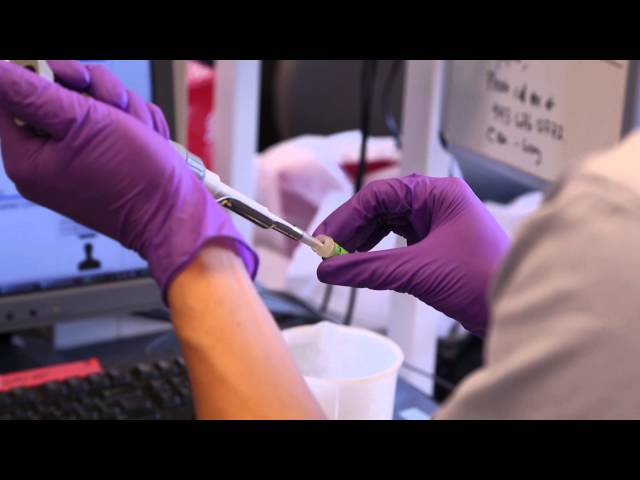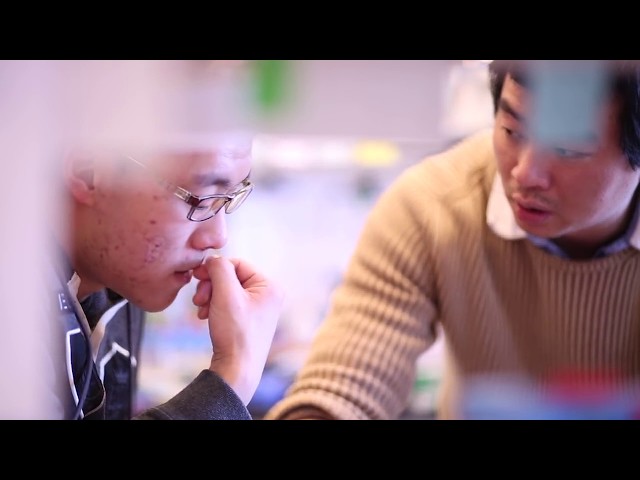Dr. Valina Dawson | Using Human Neurons to Prevent Brain Injury
Background
Valina L. Dawson, PhD, is a Professor of Neurology, Neuroscience, Physiology and the Graduate Program in Cellular & Molecular Medicine. She is co-director of the Neuroregeneration and Stem Cell Programs in the Institute for Cell Engineering. Dr. Dawson’s laboratory is actively engaged in discovering and defining cell signaling pathways that lead to either neuronal survival or neuronal death. We have characterized neuronal injury and survival pathways in cell, fly and mouse models of Parkinson’s disease and stroke. She explores the role of the monogenic forms of Parkinson’s disease with a focus on parkin, EIF4G1 and LRRK2 in order to begin to define the biochemical signaling important to Parkinson’s disease. She has developed yeast, cellular, fly and mouse models to explore the Parkinson’s disease causing mutations as well as studying human neuronal cultures and human postmortem tissue explore survival and disease signaling events relevant to Parkinson’s disease. and stroke as well as to define neuron survival networks.
Dr. Dawson’s laboratory in studying mechanisms of brain cell death in stroke, has defined the excitotoxic signaling pathway mediated by nitric oxide, poly(ADP-Ribose) polymerase and apoptosis inducing factor and named it Parthanatos, to distinguish it from other distinct forms of cell death including apoptosis, autophagy and necrosis. She has identified and characterized new survival molecules which include a transcription factor NFIA, a novel E3 ligase Iduna, a novel Notch regulatory protein Botch and a novel AAA+ ATPase Thorase that acts to disassemble the GRIP1/GluR2 complex, thus regulating excitability, plasticity and behavior, as well as a microRNA, mIR-223 that regulates neuronal survival in part through regulation of glutamate receptor expression. Recently we have found overlap between our investigations in Parthanatos and Parkinson’s disease in that age dependent loss of dopamine neurons due to expression of the parkin substrate AIMP2 is dependent on Parthanatos. She is currently exploring if Parthanatos generally contributes to DA neurodegeneration and PD and has exciting new preliminary data that Parthantos is a common feature in many PD models as well as in human PD postmortem tissue.
The Dawson laboratory employs advanced technologies in high throughput screening, next generation sequencing including RNA Seq and ChIP Seq, ribosomal foot printing, and high throughput proteomic analysis coupled with advanced computational biology to investigate signaling networks important in stroke, Parkinson’s disease and other neurodegenerative disorders. The overarching goal of the research is to understand death and survival signaling in order to identify new targets for therapeutic development.




Patient Ratings & Comments
The Patient Rating score is an average of all responses to physician related questions on the national CG-CAHPS Medical Practice patient experience survey through Press Ganey. Responses are measured on a scale of 1 to 5, with 5 being the best score. Comments are also gathered from our CG-CAHPS Medical Practice Survey through Press Ganey and displayed in their entirety. Patients are de-identified for confidentiality and patient privacy.